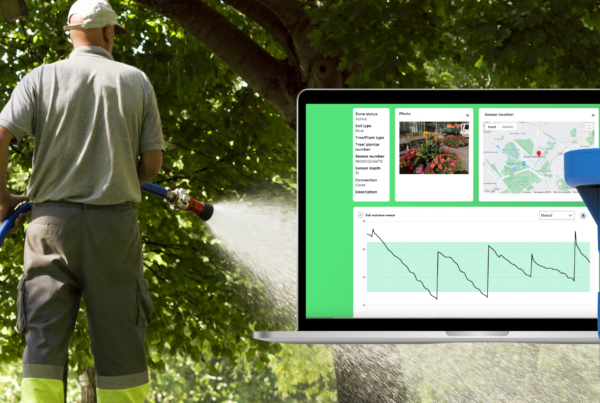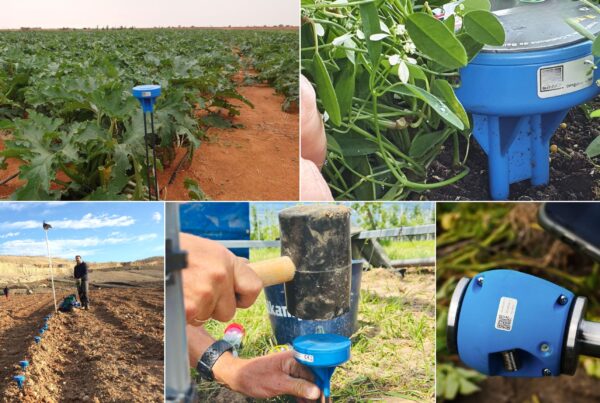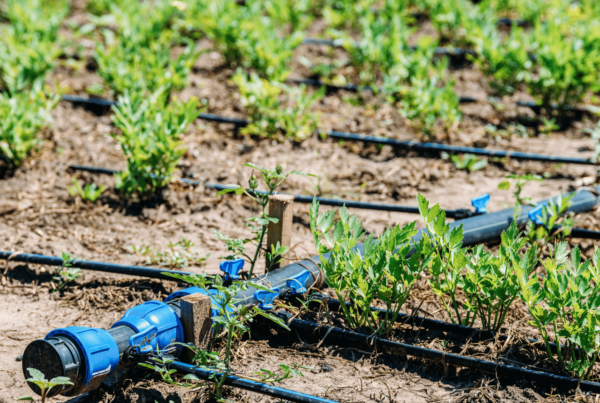In the rapidly evolving world of agriculture, just as Steve Jobs introduced the iPhone in 2007, sensors are on the cusp of profoundly changing the way farmers make critical decisions. These tiny marvels, part of Microelectromechanical Systems (MEMS), are catalysts for a technological revolution, enabling data transduction and processing at a microscopic level. Much like the shrinking of our cell phones and their expanding capabilities, MEMS technology plays a pivotal role.
Surge of Agricultural Innovation
Agriculture has experienced a surge in innovation, thanks to these sensors. Drones and satellites now capture crop data from above, while distributed irrigation systems meticulously manage water and fertilizer levels, saving substantial resources. GPS-equipped tools have brought efficiency to farming, reducing time, fuel, and consumable costs.
Frank Shemansky, CTO of SEMI, MEMS & Sensors, notes, “Key technological advances have driven the development of smaller, more robust, and cost-effective sensors. This has led to new market opportunities, especially in agriculture. In the past decade, sensors have found impressive applications.”
Experts are continually enhancing sensor technology to detect air and water quality, soil pH, plant health, and even product ripeness. The impact of MEMS and sensor technology on agriculture is far-reaching.
Senet & Sensoterra partnership
Recently, Senet and Sensoterra BV unveiled a multiyear partnership. Sensoterra’s wireless soil moisture sensors are designed for rugged, self-sustaining, low-cost, and wireless operation. This allows them to function effectively even in challenging conditions.
Farmers deploy Sensoterra’s sensors to gain real-time insights into soil moisture conditions. The data they receive is instrumental in enhancing crop performance, increasing yields, and optimizing efficiency. Remarkably, these sensors can be installed in minutes, and their data is accessible online within an hour of installation.
Jurriaan Ruys, CEO of Sensoterra, emphasizes that sensors must be cost-effective, easy to install, and durable for growers to scale their deployments successfully.
“The solution operates on Senet’s network, meeting stringent cost and performance thresholds.” – Jurriaan Ruys
Andy Nadler, Weather Product Manager for Farmers Edge, highlights the game-changing impact of lower-cost sensor technology combined with increased connectivity.
“In the past, farmers relied on centralized weather data sources miles away from their fields, rendering the information almost useless at the field level. However, sensors can now be placed in various locations, providing accurate data for informed decisions, right down to the micro level.” – Andy Nadler
Communication advancements
With advancements in communication technology, sensors can instantly share information, revolutionizing the way producers access data. Improved cellular coverage and technologies like Low Power Wide Area Networks (LPWAN) offer further potential for enhanced connectivity.
Bas van der Velden, Sales Director for Sensoterra, underscores the significance of cost-effective sensors and low-power radio networks. This combination is paving the way for interconnected farming environments, providing farmers with a wealth of data from their entire farms.
Sensor technology
As sensor technology advances, one crucial aspect for agriculture remains: the computer algorithms that make sense of the data collected by sensors. Greg Emerick, EVP of Business Development at Sentera, explains that as sensors improve, more data is collected and of higher quality. Algorithms analyze this data, helping agronomists and advisors interpret it to recommend inputs and actions.
For example, drones equipped with multispectrum sensors gather information that software interprets. Is there excessive nitrogen, pest pressure, or low stand counts? While building a sensor is relatively simple, accounting for the variables in crops and growing conditions is complex. Nevertheless, the data collected is invaluable, leading to continuous improvements throughout the season.
Thanks to MEMS technology, sensors now perform basic computational tasks and provide direct results. Instead of sending a photo for further analysis, a sensor calculates and relays the results promptly, aiding decision-making.
In conclusion, sensor technology, especially in agriculture, is on the cusp of profound change. As these sensors become smarter and more affordable, they empower farmers to make informed, efficient, and profitable decisions, ultimately fostering sustainable farming practices. Over the next decade, sensors are poised to reshape the landscape of agriculture decision-making.
About Sensoterra:
Founded in 2014, Sensoterra (www.sensoterra.com) provides data-driven solutions for optimizing land and freshwater resources for agriculture, horticulture, landscaping and nature restoration.
Contact for more information, pictures and/or interview requests:
Jessica Nuboer
Marketing & Communications
Sensoterra
Email: [email protected]
Tel: +31 (0)625 584 674






